You may have heard concerns about a destructive invasive pest from Asia, the infamous Emerald Ash Borer, that has decimated native Ash tree populations in the eastern United States, and is now threatening our native Oregon Ash (Fraxinus latifolia), which is vital to the health of riparian habitats in Oregon. We have seen the amount of destruction Emerald Ash Borer can have in very little time in states like Michigan, where the EAB was first detected in the U.S. Read our blog post How to Cope with Emerald Ash Borer, to learn more.
Now, there’s a newly discovered pest in Oregon (and in Marion County!) that may threaten the health and population of Oregon White Oak trees. It’s important to know about the signs and symptoms of this pest, what is at stake, and what can be done to prevent the spread, so that we can protect our white oak trees, their habitats, and the hundreds of species they support.
What is MOB?
Mediterranean Oak Borer (Xyleborus monographus) is a tiny, woodboring ambrosia beetle native to Europe, Western Asia (Turkey, Iran, Israel, and Russia), and northern Africa (Algeria and Morocco) (1). Ambrosia beetles, also known as ‘fungus farmers’, live in a nutritionally symbiotic relationship with ambrosia fungus, which they cultivate within the trees they tunnel into. Rather than feeding on the wood of trees, these beetles feed on a fungus they bring into the tree, and cultivate in the galleries, which spreads into the branches and the trunk.
There are native ambrosia beetles, which only tunnel into dead wood. Most ambrosia beetles are generalists and it is rare to find a specialist like this one, which prefers red and white oak species. Most observed mortality due to MOB has been in Valley Oak in California, but there are a lot of unknowns for our oaks in Oregon, as this is a relatively new pest in the area (2).
Ambrosia beetles are some of the first beetles to emerge in the spring. They overwinter at all life stages, and are only inactive for two months in California (November-January). They are able to fly long distances all other times of the year (2).
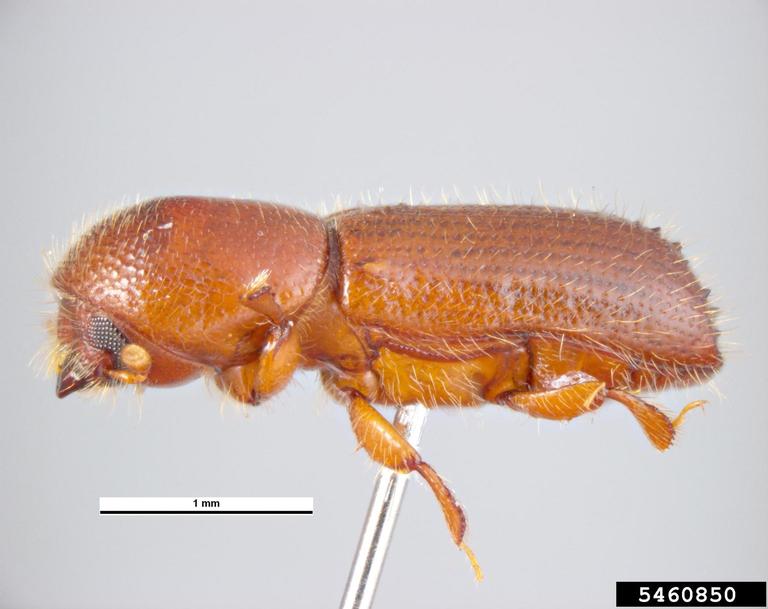
How do they impact oak trees?
Female MOB beetles bore into bark cracks starting on the upper branches, broken branches, or freshly cut firewood of oak trees. They’ve been found to infest weak or vigorous trees in California, while attacking mainly dead and dying trees in Europe.
These beetles carry a fungus within their mouth parts, and inoculate the newly made tunnels with the fungus. They then lay their eggs, which hatch and eat the fungus growing in the galleries. Meanwhile, the fungus left here, such as Raffaelea montetyi, can cause wilt disease in susceptible trees (1). The fungus spreads inside from the sapwood and grows into the water conducting cells of the xylem, this depletes the tree of water sources. You will see saw dust at the base of a tree that has been infected by a borer, indicating the beetle spends most of its time in the sap wood. The beetles continuously re-infest trees over the years, adding generations of fungs carrying beetles that tunnel deeper into the tree trunk, until the tree has been depleted of water and dies (3).
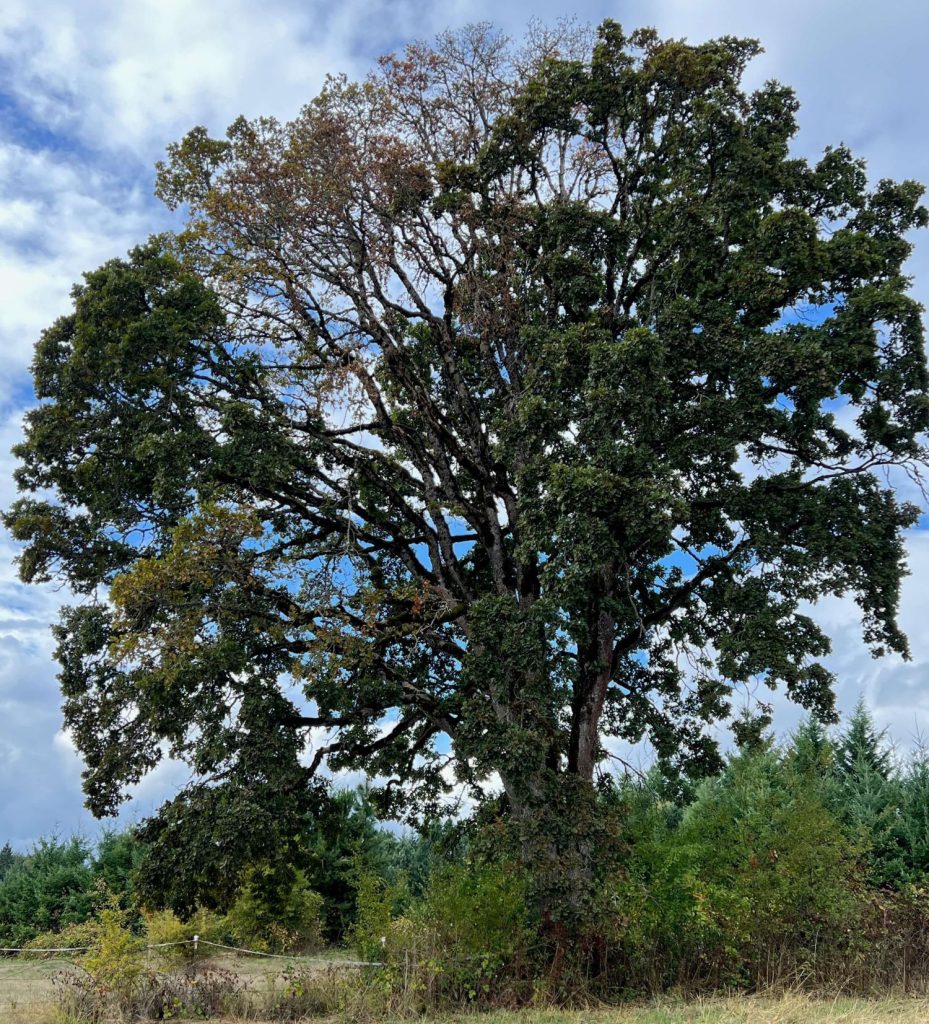
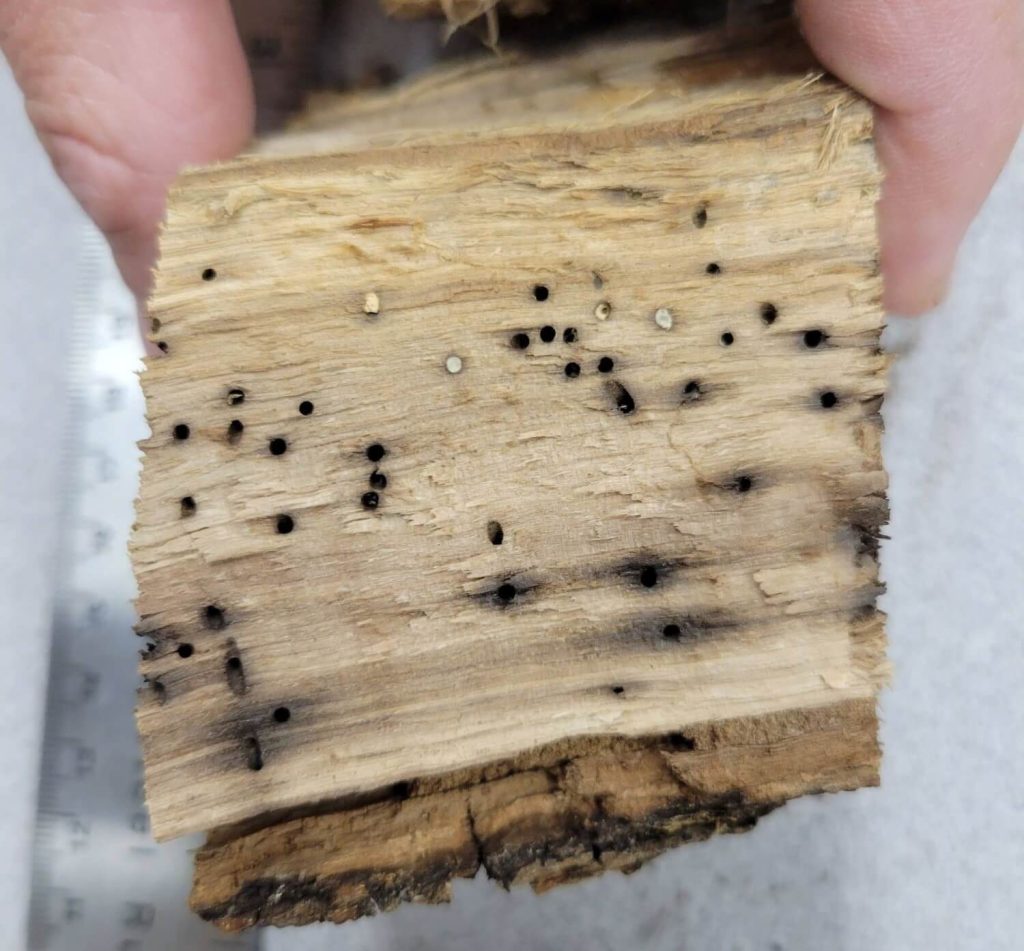
Detections in Oregon
The first MOB in Oregon was detected in Multnomah County in 2018 (2). Since then, there has been detections each year in different counties, including Washington, Clackamas, and Marion Counties in 2021 and 2022. As of September 2023, six white oaks have been found to be infested with MOB at a Homeowner’s Association in Wilsonville. Urban forestry and industrial forest land are thought to be more vulnerable to MOB infestations (2).
It is speculated that MOB was introduced to the West Coast at multiple sites, rather than one location. One possible source of introduction may have been oak wine barrels imported from Europe (2).
Signs and Symptoms
1) MOB is a tiny reddish-brown beetle that can be confused with many other beetles that reside in
oak. It’s very rare to see an adult.
2) Pale boring dust is kicked out by the beetle and found on the exterior trunk of the tree.
3) MOB galleries look like tiny black holes from the exterior of the wood.
4) Small diameter branches (<10″ diameter) die first, branching black stained trellis galleries; ‘flagging’ is first sign.
5) MOB create tiny, perfectly round entrance holes.
MOB attacks uppermost small limbs first, then proceed down the branch. Eventually this girdles the tree and causes full wilt. This can take 3-5 years. If you can catch the signs very early, you can trim the infected limbs and hope to save the tree (5).
Symptoms not from MOB: holes larger than the diameter of a pencil lead, brown boring dust, discolored leaves but absence of dieback, wood staining without associated galleries (5)
How to Prevent and Report MOB in Oregon
Preventative steps and Best Management Practices (BMPs)
- Report any sightings or symptoms as soon as possible to 1-866-INVADER (1-866-468-2337) or at Oregon Invasive Hotline..
- Contain wood that may be infected.
- Chip or solarize of infested wood.
- Apply fungicide (research still ongoing).
- Sanitize tools when done using them. Possibly use Clorox on all tools that can allow it.
- Pressure washi and clean.
- UV will break down fungal hyphae.
- Prevent moving firewood (buy where you burn), heat-treated firewood is best.
What’s at stake?
This new invasive pest is raising concerns in the Willamette Valley because this is the historical home to our beloved Oregon white oak trees. Oregon white oak is the native keystone tree species of our home, and this ecoregion’s inhabitants have depended upon and lived in harmony with these trees for millennia.
These big beautiful and resilient trees have provided home, shelter, food, and cultural importance to the valley for thousands of years. If the Mediterranean Oak Borer is spreads throughout these native habitats, we risk losing:
- Wildlife habitat – Oregon white oak supports over 200 species of wildlife- that’s more than any other single species in the Willamette Valley (6).
- Climate change resilience – Oregon white oak has evolved with the climate of this region to handle very wet winters, and very hot and dry summers. They are more drought tolerant than our native conifer species, this makes them a great species to alleviate some of the pressures of a changing climate.
- Biodiversity – forests need native plant diversity to thrive and better recover from damage, pests, and disease. Oregon white oak can better recover from storm damage, flooding, and wildfire than many other species.
- Cultural significance – the Native American tribes who have and continue to live in this ecoregion have nurtured a symbiotic relationship with these habitats, and have managed them with cultural fires since long before European settlement. Many of the species that are found in Oregon white oak associated habitats are significant food sources for the tribes (7).
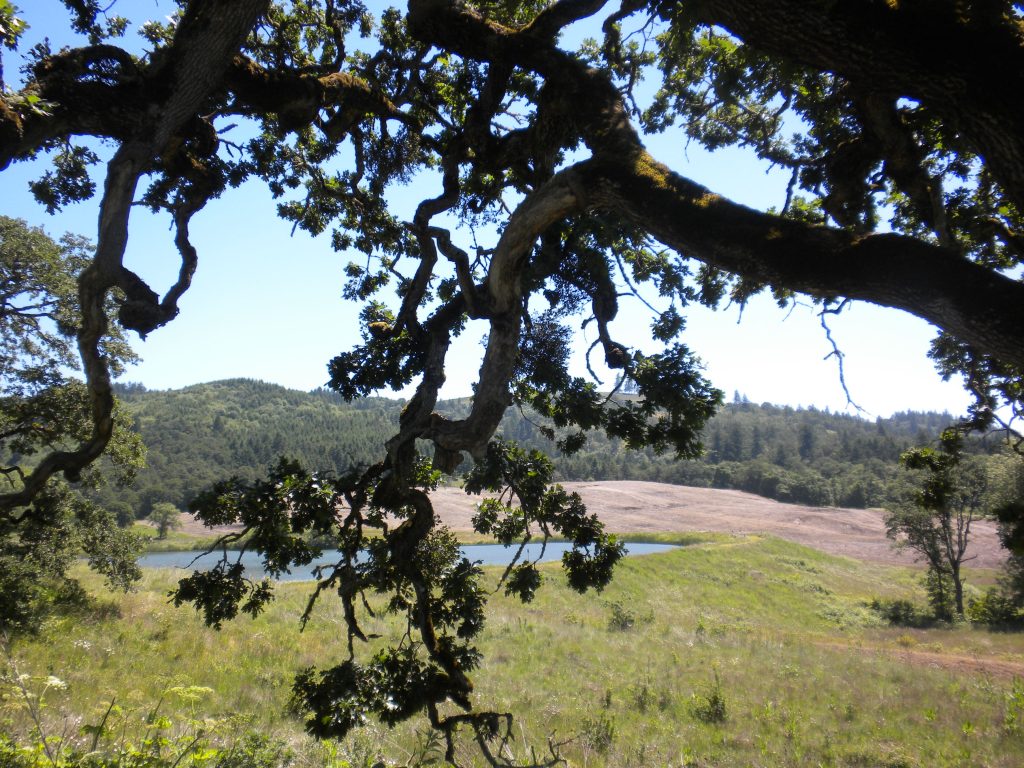
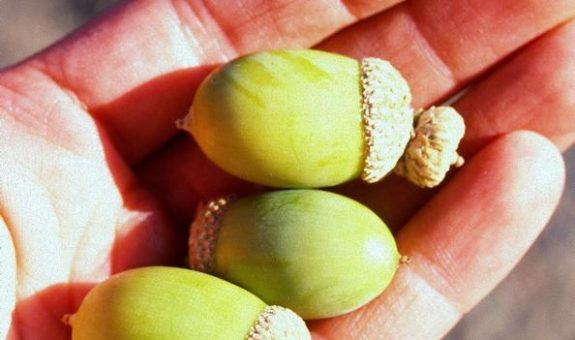
Additional Resources
MSWCD related topics:
- Oak Woodlands and Savannas
- Conservation Spotlight: Growing Oaks at Willamette University
- Conservation Club: Oak and Prairie Tour
If you are interested in restoring and enhancing your white oak habitat, please reach out to our team at the District to learn how we can help! Visit our Conservation Planning page to learn more.
References
- Oregon Department of Forestry MOB Fact Sheet.
- MOB Webinar
- ODA Fact Sheet
- “All About the Mediterranean Oak Borer”, Pacific Birds.
- Oregon Department of Agriculture news release
- “Oregon White Oak and Wildlife”, Woodland Fish and Wildlife.
- First Stewards of Oregon White Oaks, Oswego Lake Watershed Council.

